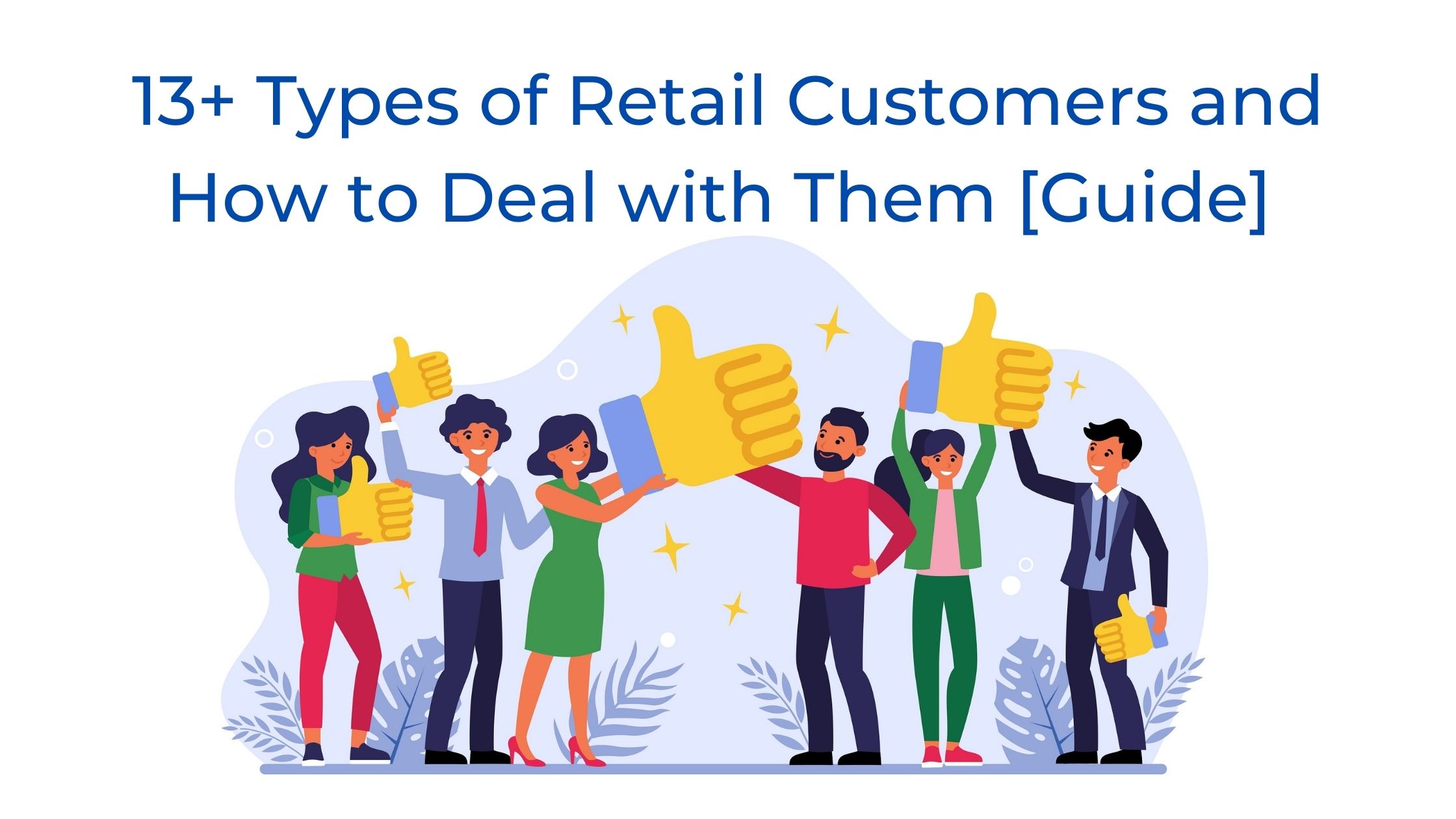Voice Commerce: What It Is, How To Use & Its Benefits
All the technology that is happening and evolving nowadays seemed like a science fiction movie a couple of decades ago. As technology developed, marketing developed by digitizing everything, marketing and sales transformed.
With the fast development that took place in AI technology, especially in the past decade, we have seen the emergence of eCommerce. Online shopping has appeared as a result of AI technologies. It has an impact on every aspect of building an eCommerce brand, including payments, security, logistics, buying, inventory control, and fulfillment.
Moreover, voice commerce has also been a result of AI, which has transformed the online shopping experience and the eCommerce world. Voice commerce is revolutionizing the e-commerce industry by allowing customers to shop online using voice commands. With the help of AI, customers can now search for products, compare prices, and make purchases with just their voice.
Know everything you need about voice commerce and how it is transforming eCommerce businesses and offering an easy, convenient, and fast shopping experience for your customers.
Table of Content:
- What is Voice Commerce?
- How Does Voice Commerce Work?
- 8 Interesting Voice Commerce 2023 Statistics
- 5 Benefits of Using Voice Commerce
- How To Use Voice Commerce In Your Online Store?
What is Voice Commerce?
 Voice commerce is a new technology, also known as voice-based e-commerce. It lessens consumers' reliance on hardware by enabling them to search for and buy things online using only voice commands. Simply, it is online shopping conducted using speech commands.
Voice commerce is a new technology, also known as voice-based e-commerce. It lessens consumers' reliance on hardware by enabling them to search for and buy things online using only voice commands. Simply, it is online shopping conducted using speech commands.
Voice commerce is growing rapidly as more companies are adopting it to provide a better shopping experience to their customers. It has also been instrumental in driving the development of new technologies such as natural language processing, automatic speech recognition (ASR), and machine learning that are necessary for voice commerce to work properly.
Voice commerce has greatly improved the customer experience by making online shopping easier and more convenient than ever before. This technology is changing how people shop online and is set to become an integral part of e-commerce in the near future.
Actually, 65% of people aged 25 to 49 use voice-enabled digital assistants (VDAs) daily.
How Does Voice Commerce Work?
 Image Source
Image Source
Voice commerce is designed to be simple and easy to use. Voice commerce grants your consumers new easier shopping experiences; it also gives e-commerce companies wanting to gain a competitive edge over their competitors in the marketplace. Voice commerce is primarily made possible by Automated Speech Recognition (ASR) and Natural Language Understanding (NLU).
Consumers only need their voices to purchase or navigate on your website. Moreover, voice assistants don't merely use NLP to decipher consumer requests. Additionally, they employ artificial intelligence (AI) to discover more about the client's tastes and past purchases. This enables them to make recommendations that are more individualized.
Then virtual assistants can convert spoken words into text, do searches, and provide individualized recommendations quickly. Below are the steps and conditions for it to work:
- Consumers should have a voice assistant-enabled device, such as a smartphone or other speech-activated gadget (like Amazon Echo or Google Home).
- To activate the device, you must voice a command, such as "Hello Siri".
- Consumers should use a verb or action to trigger the device. For example: (Siri, order … or search for…).
- Consumers must be aware of their tones and inflections since smart devices will attempt to block order placement by what it suspects to be an "unknown" voice once it has captured and recognized what it believes to be the user’s distinct voice.
8 Interesting Voice Commerce 2023 Statistics
Being a promising new technology, voice commerce is expected to bloom and develop in the upcoming years as technology in eCommerce develops. Here are some of the latest interesting statistics:
- The total worldwide transaction value of e-commerce purchases made through voice assistants is expected to rise from 4.6 billion U.S. dollars in 2021 to 19.4 billion U.S. dollars in 2023.
- Nearly 27% of the global population has used voice search before.
- About 8 billion devices with voice search capabilities are now available in 2023.
- More than 58% of consumers prefer using voice search to find local business information.
- Voice searches are used every day by 58% of consumers between the ages of 25 and 34.
- Weather-related voice searches account for 17% of all queries.
- English is used for 90% of voice searches.
- Speaking only about product consumption, 51% of voice searches are for restaurants.
5 Benefits of Using Voice Commerce
Easing the process of searching, shopping, and finding what your customers want in a matter of minutes can greatly affect your brand and business. Here are some benefits that you will get when using voice commerce:
1- It is convenient
Voice commerce is super easy to use. To activate it, all you need is a voice-activated gadget and your own voice. Customers can shop while they are multitasking, cooking, or even driving. Hands-free voice commerce has made internet shopping simpler than ever. The easier the experience is, the more likely consumers will come back to purchase once more from your brand.
2- It is fast
Nowadays, people want everything to be fast and take not more than a few minutes to be done. Speaking commands is far faster than typing. Actually, voice searches can be conducted in less than a minute. It is currently the quickest method for online shopping.
That obviously applies to e-commerce websites and apps that provide consumers the option to make voice-based purchases.
3- It provides a personalized experience
Personalization is a crucial component of the customer experience nowadays. Consumers demand tailored shopping experiences, and 76% of them say it frustrates them when they receive a one-size-fits-all service. Voice shopping enables e-commerce customers to have a personalized shopping experience that completely meets their needs.
In fact, since voice assistants can save purchase history, voice shopping has become possible, and by using this information, voice assistants can make additional product recommendations to customers that might be of interest. Hence, voice commerce can improve the consumer’s experience.
4- It is always available
Unlike human beings, technology can be available all the time, everywhere. The voice commerce technology enables users to shop easily and swiftly without engaging in a boring browsing procedure, allowing for a 24/7 purchasing process. They can check what they want whenever they want; voice commerce is always available 24/7. This provides consumers with an easy, personalized, and convenient experience which will definitely leverage your brand image and positioning.
5- It is frictionless
The voice commerce benefits are applicable at every stage of the consumer journey, from looking through products and making purchases to interacting with customer support representatives. For instance, checkout-free shopping is about to be a reality. With the added bonus of security, using voice as a way of online payment verification will bring it much closer. Voice biometrics is the most secure way to confirm a customer's identification because it is virtually hard to hack a person's voiceprint.
Using voice commerce can definitely boost your brand image, positioning, and engagement. Moreover, it can place your brand way ahead of your competitors if you start using it now.
How To Use Voice Commerce In Your Online Store?
Adapting and including voice commerce in your plan can do magic for your sales! To do that, you can simply follow the upcoming tips:
-
Know the difference between written & voice searches
A voice search can be very different from a typed search. A voice search is more likely to be conversational, and people may frequently pose a question as they would in real life, whereas people may use three or four words when conducting a typed search.
You need to consider the device the person is using and also the subject they are searching for. Most people search for local topics via voice search, while more serious topics via written search, like healthcare.
-
Use a semantic strategy instead of a keyword search
-
Use your consumers’ natural and daily language
By now, you should be aware of the potential differences between a voice search and a typed search. Your voice search strategy must take this into account. You must be aware that some products may have multiple names depending on the location when dealing with a huge-size market.
For instance, if you were selling shoes online, some countries would refer to a particular shoe style as a "sneaker" while other regions might refer to them as "tennis shoes". This also requires a very good understanding of your consumers. To reach clients, if you were selling nationally, you would need to utilize both phrases.
-
Have good keyword research for voice searches
You should decide on the key terms and phrases you'll use, just like with conventional searches. Who, where, and other inquiry terms are ones you should always include. Consider "fillers," which include words and phrases like "on the," "of the," "to," etc. They are included because voice searches are more conversational than written ones. Naturally, you should also conduct research on more common terms associated with your industry. The final factor to take into account is long-tailed keywords.
-
Let your website be super fast & responsive


